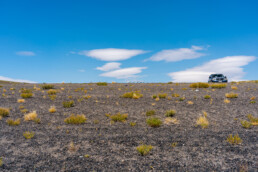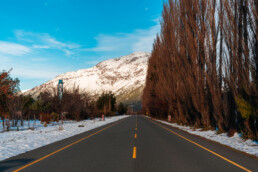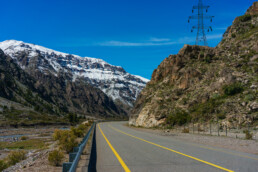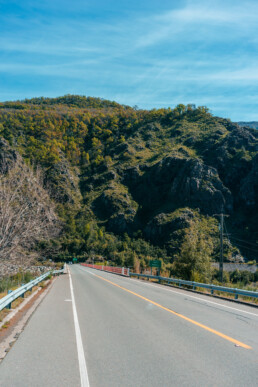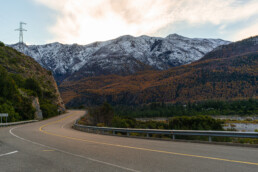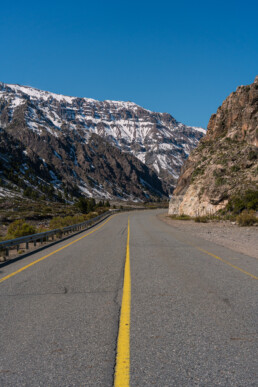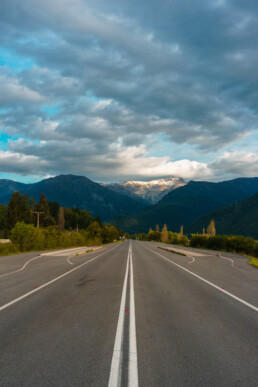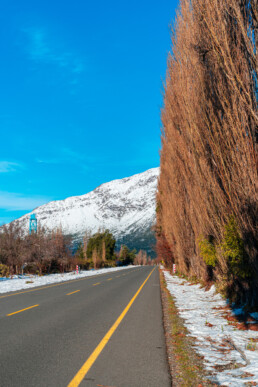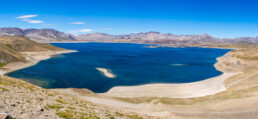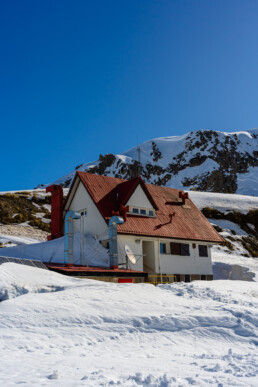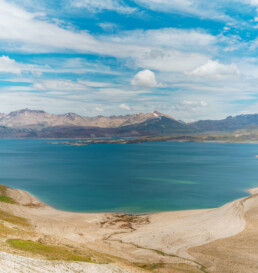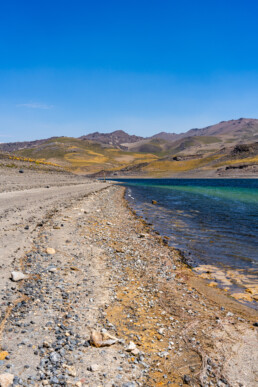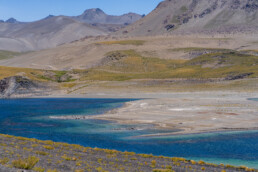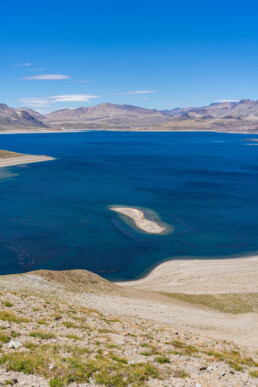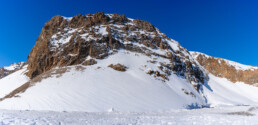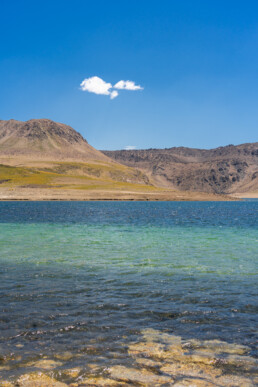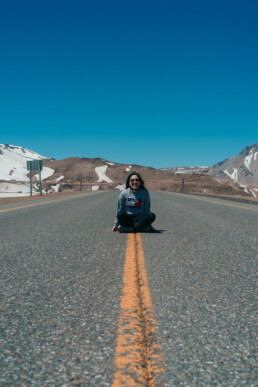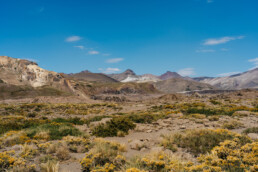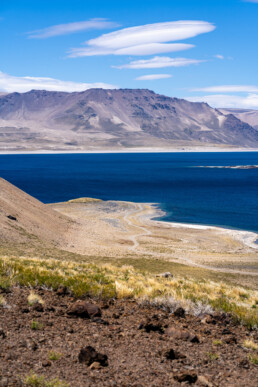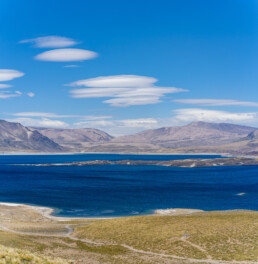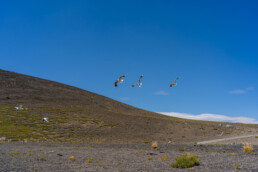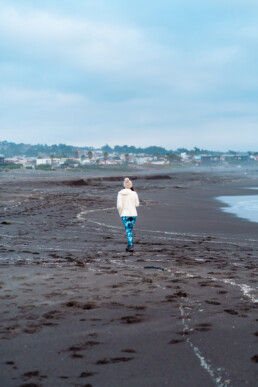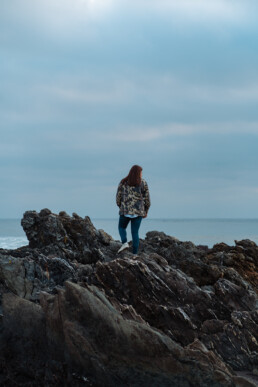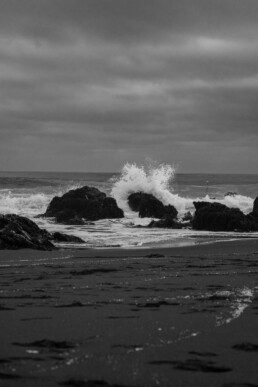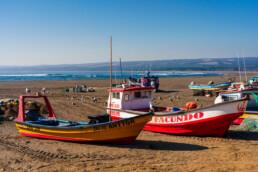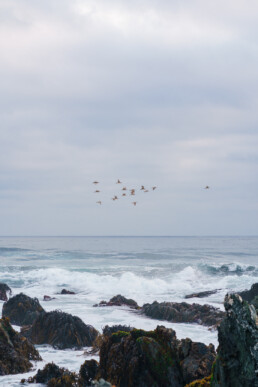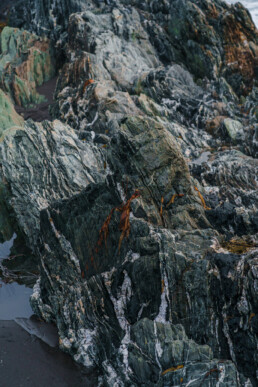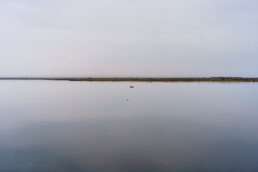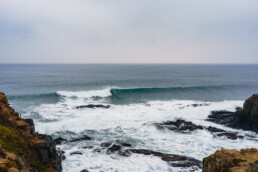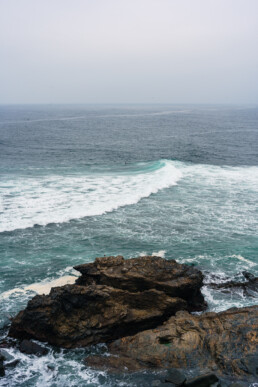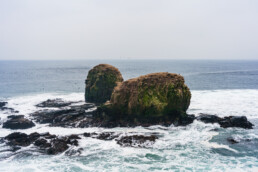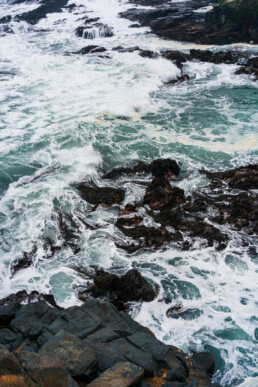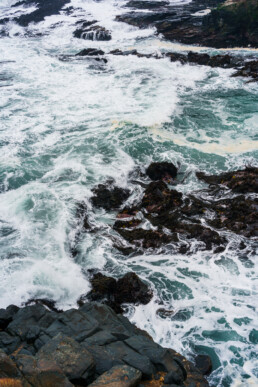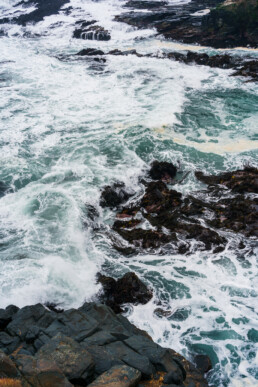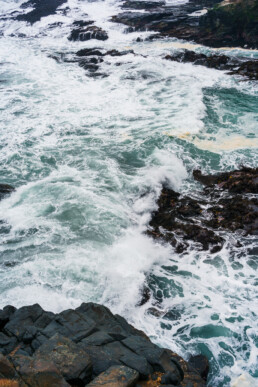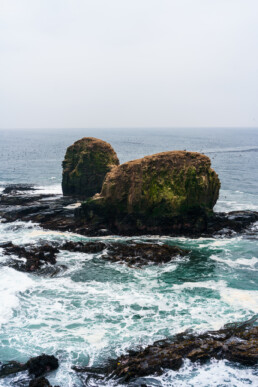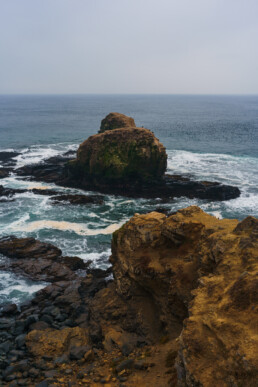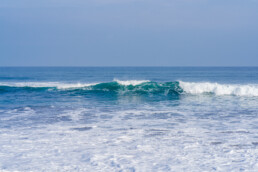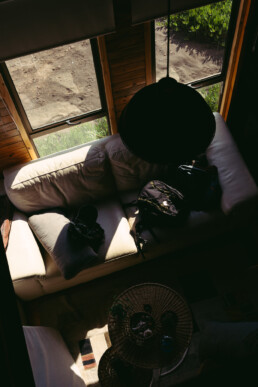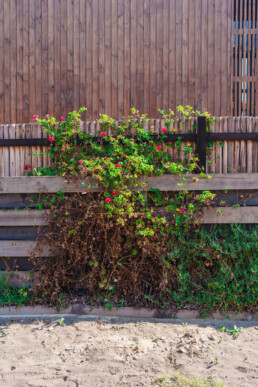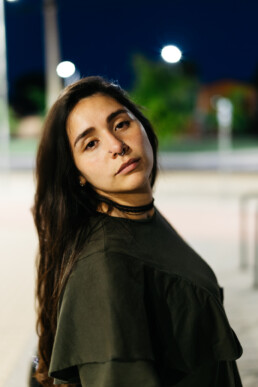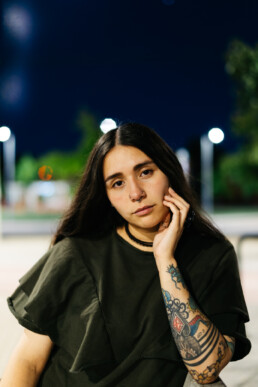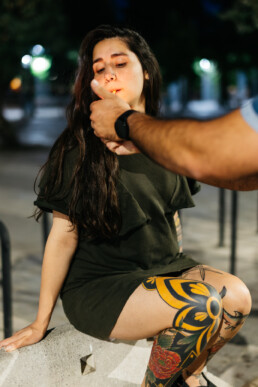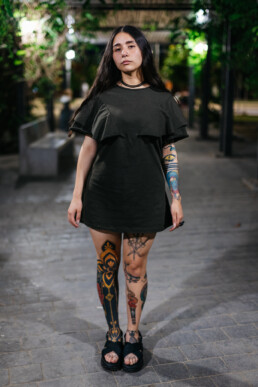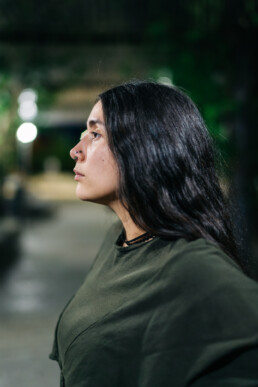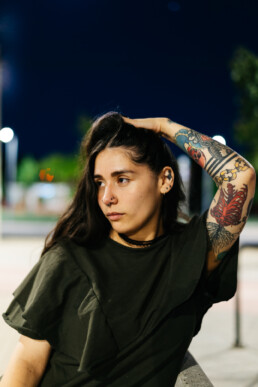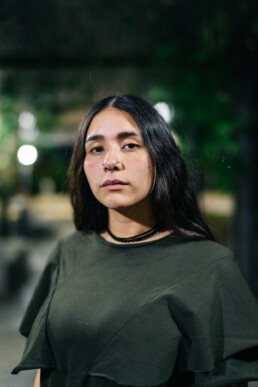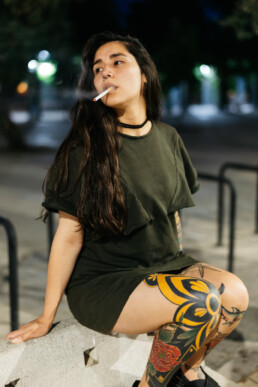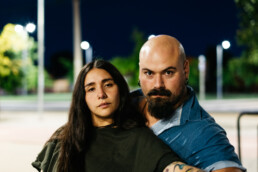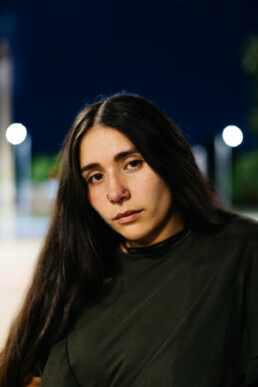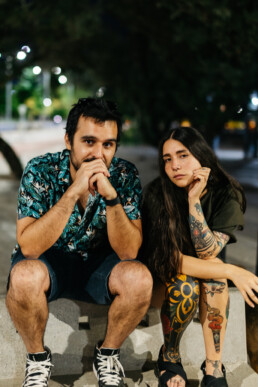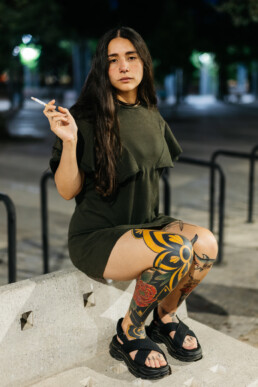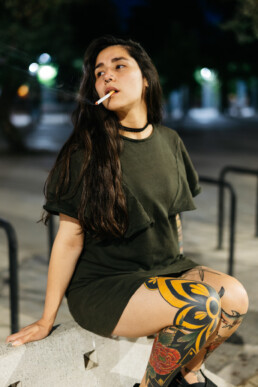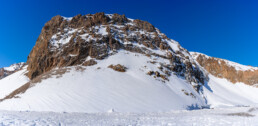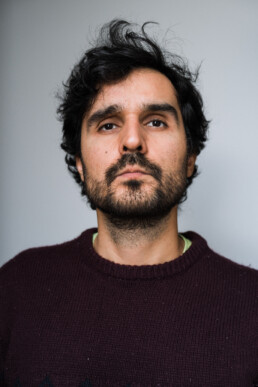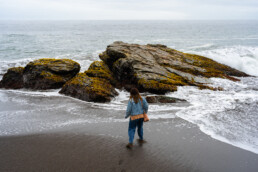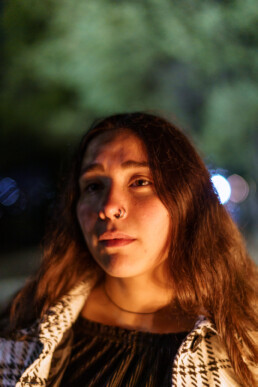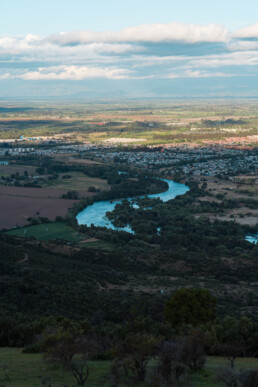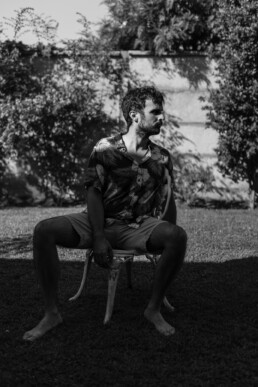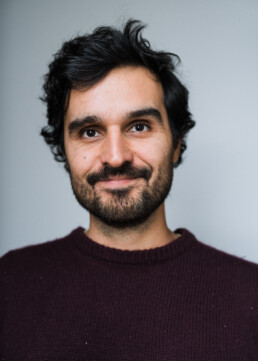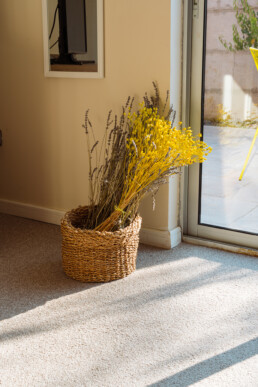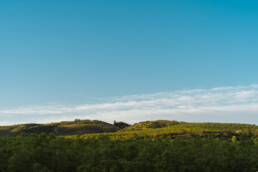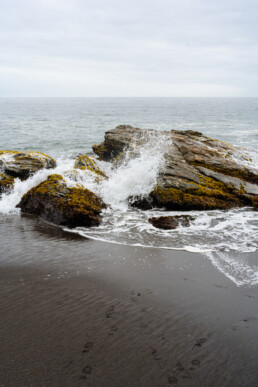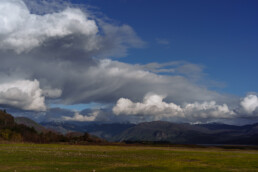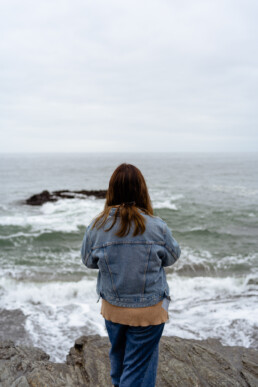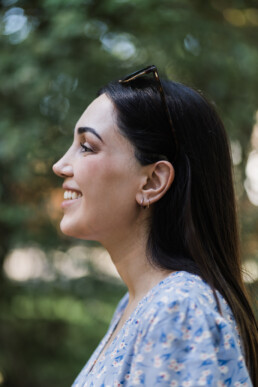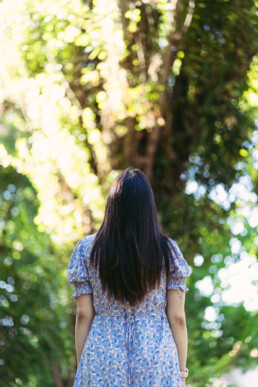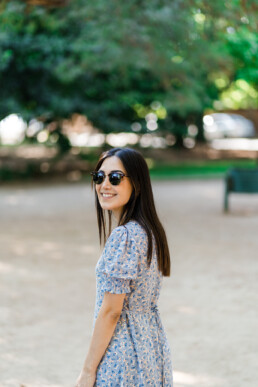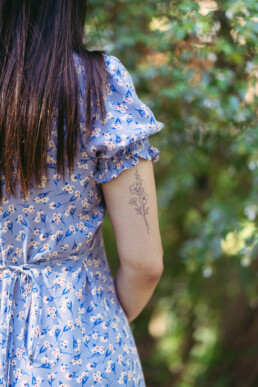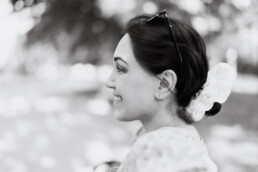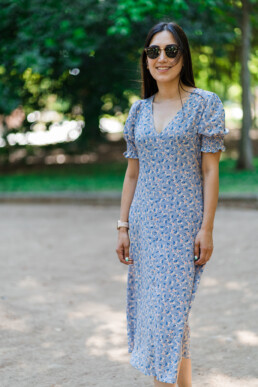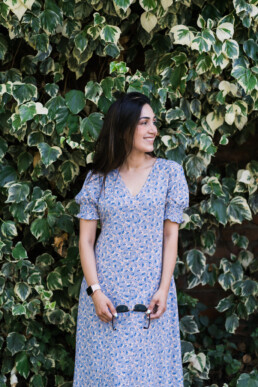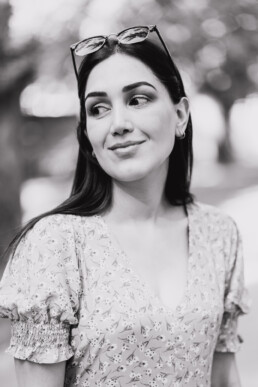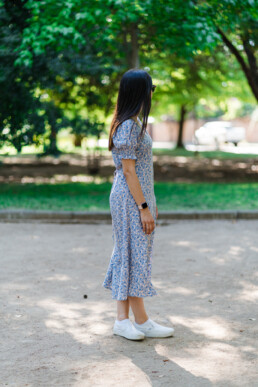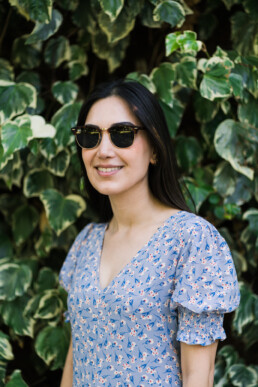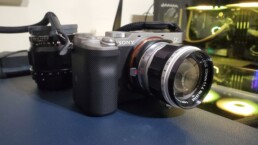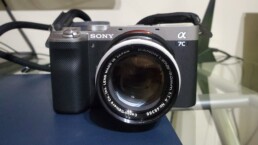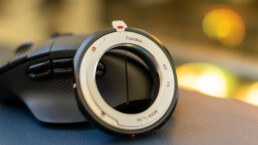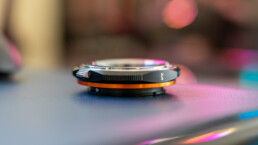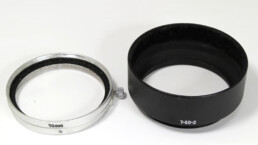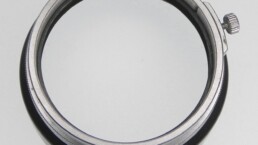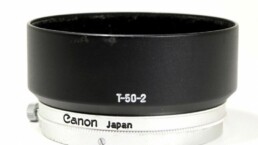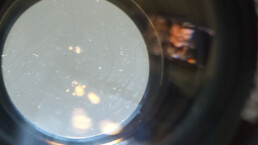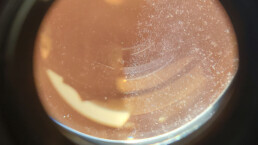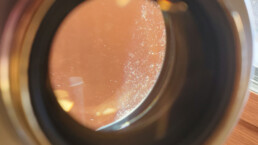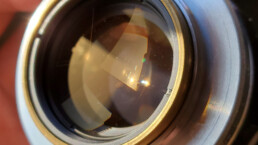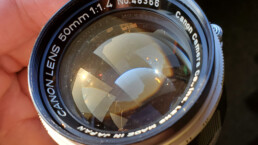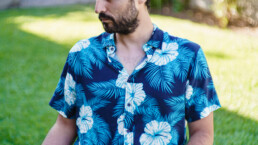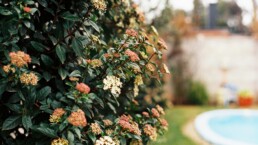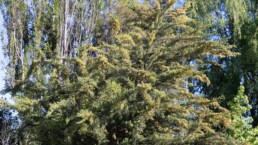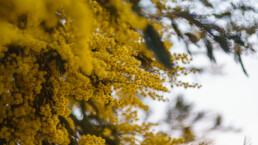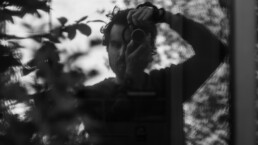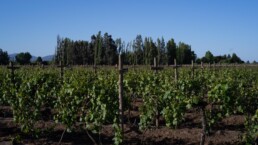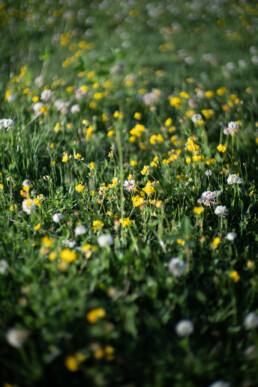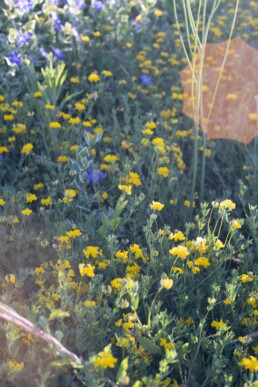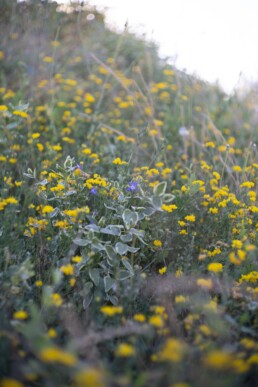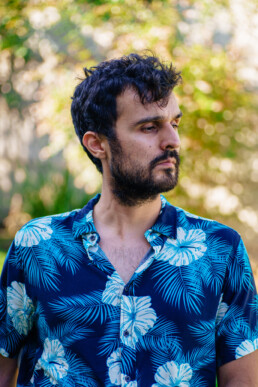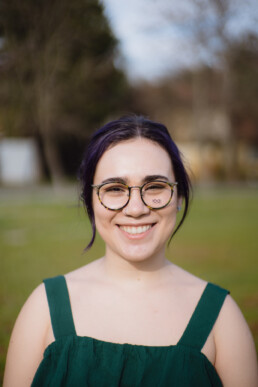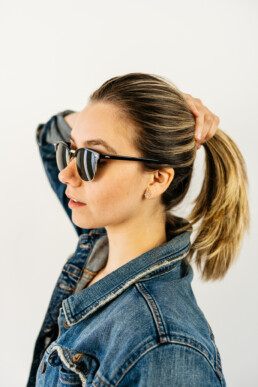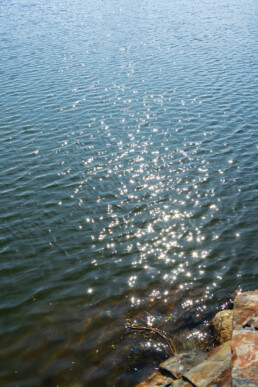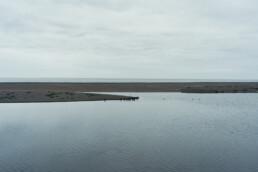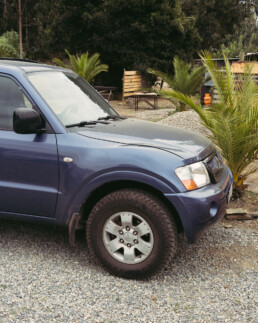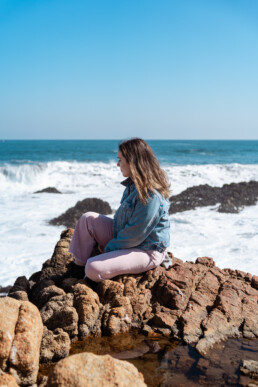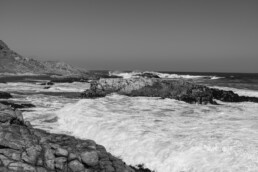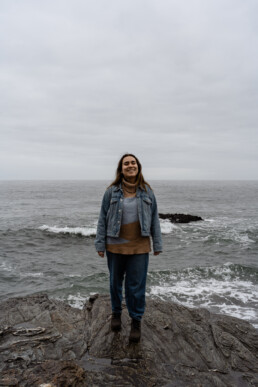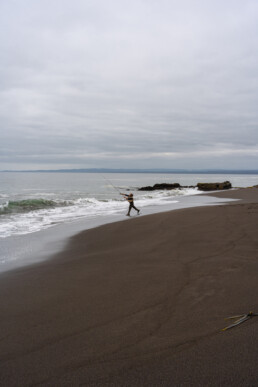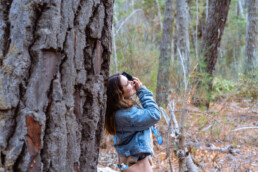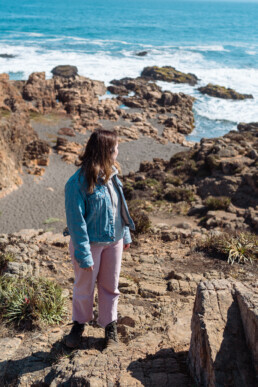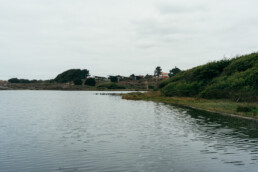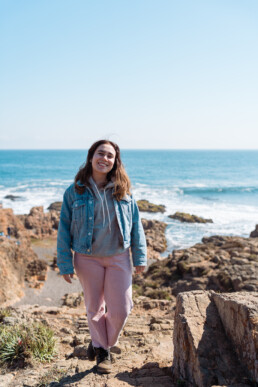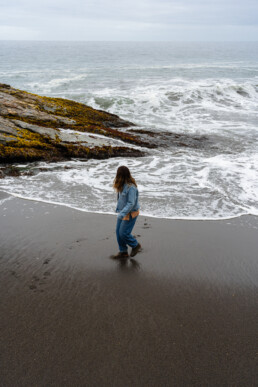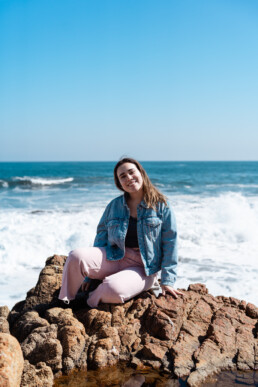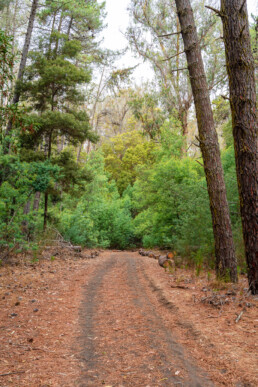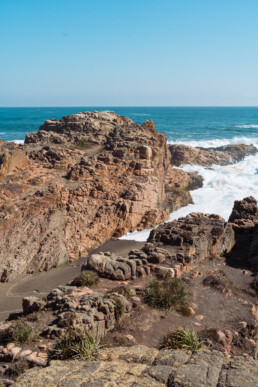Laguna del Maule
The Lake and the River
From Talca 145km to the east, lies Laguna del Maule. A lake with a volcano in it!
Laguna del Maule is a natural lake, at the top of the Andes at about 2200 m altitude. This lake is the starting point of the Maule River, which is 240 km long. Upon reaching the central valley, the Maule is dammed in the lake of the Colbún reservoir that feeds the hydroelectric power station of the same name. Along the way, many other rivers flow into the Maule to reach its end point in the city of Constitución, flowing into the Pacific Ocean.
The trip
Luckily enough the 145 km of road are paved besides a little stretch of dirt road reaching to the end. Is almost a straight road starting from Talca, passing San Clemente, sightseeing the Colbun Lake, crossing the Maule Bridge and then, a steady climbs begins until reaching the top. TThe landscapes that will be seen on the way are beautiful and ever changing. From tall trees and mighty rivers, becoming surrounded by the Andes.
The lake
The lake “Laguna del maule” is of natural origin, but its water level has been raised by a damn. Below the lake an active volcano lies. The lake has a surface of 5.6e+7 m² and a volume of 1.420 Hm³. The lakes remains frozen a great part of the winter, being that’s located in a high altitude zone and the temperatures drop quickly in the winter.
Towards the shore
The route itself is straightforward, but when reaching the lake itself you have to check for different access point to drive down to the lake shore. Currently the are not signed whatsoever, but they are distinguishable from the main road and you can often pin point the location from cars o people in it.
If you are close to the area you must make the trip. It’s an excellent experience and you have a lot to known and see in the area.
2022 a year in photos
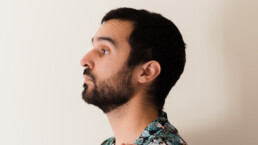
2022 the year that all goes back to "normality".
At least what everyone consider as normality. In hindsight just being exponentially more outside, being with friends and seeing people, seems to have done wonders to my photography (IMO).
A little bit of everything in this post. Remembering what a year was 2022 and hoping for an even better 2023 (or what’s left of it).
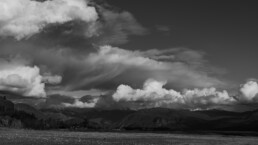
Canon 50mm F1.4 - LTM - Review
Cako
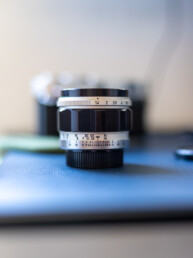
Characteristics
- Lens Mount: M39 - LTM (Leica threaded mount)
- Type: Prime lens
- Focusing: Manual
- Construction:
- Lens Groups: 4
- Lens Element: 6
- Aperture Blades: 9
- Straight
- Min. Aperture: 1.4
- Max Aperture: 22
- Min. Focal distance: 1.0 m
- Filter Size: 48 mm
- Length: 41.7 mm
- Weight: 246 gr
- Hood: Yes.
- First year of production: 1959, August
- Original price: 25.000 Yen
- Price (used - Good Condition ): Starting in 250 USD, and beyond.
Introduction
Canon had a full line up of LTM (Leica thread mount or M39) lenses, 59 of them to be exact. They were developed and released from 1946 to 1964. The LTM mount was the first mount developed in Leica (by Oskar Barnack) and is fully compatible with modern L mount bodies and easily adapted in mirrorless cameras.
The 50mm F1.4 was released in November 1957 at a price of 25.000 yen (180 USD) or $2,040.41 USD (2023) adjusted for inflation.
Let see how well does this 66 years old lens in a digital world.
- All the photos in this review are from a Sony α7 C camera.
- 24mp full frame sensor.
- On body stabilization.
Construction
Being a nearly 70 years old lens, the construction is outstanding. Full metal and brass elements, manually put together. All the engravings are painted and the lenses are coated to reduce reflections and distortions. Although today, this coating is somewhat problematic. More on this further below.
The registered weight is 246g, feels solid but no too heavy for a lens of this minimum aperture. In terms of that, the aperture ring has full stops clicks, and depending on the overall condition of the lens, the rotation will vary from tight to somewhat loose. This, because the time and use degrades the grease of the movable elements. Lastly, there is an infinity lock on the lens barrel, that is somewhat obtrusive if not accustomed to them.
An official hood exist for this lens, the S-50 Hood. I have no information about this but I’ve read and seen auctions of lenses that have with them the S-50-2 hood. I’m assuming that this also work.
On Camera
The lens itself balances pretty well in the A7C body (with adapter) and in a Canon P body. Although, certainly looks way better in the Canon P.
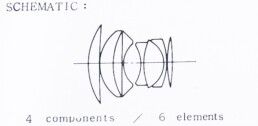
Handling
With such an old lens, handling will vary among copies. Mainly because the grease used to rotate the components might be deteriorated or stuck. Lenses that have been serviced will operate better than those who have been neglected over time.
- Full stop clicks from F 1.4 to F 22, although if you want it you can leave the aperture in between stops.
- It has an infinity lock that comes really handy in certain situations.
- Although is important to check if the focus is, in fact, in infinity. Mainly for variances with the adapter or the lens itself.
- The blades are curved and you start to notice a “ninja” star patter from F2.8.
- Check the images in the Bokeh Section.
- With my copy is possible to achieve a very precise focus using digital zoom in the A7C (and other mirrorless cameras). The groves in the focusing ring allow for a comfortable grip.
Adapter for digital use
The LTM mount is easily adapted to any other mount. In this case I have an Leica M to E Mount adapter (K&F – here or here) and a LTM to M adapter as one. There are a lot of LTM to M adapters to choose, being that they cover different focal lengths. The one i Have mounted is a Fotodiox LTM to M for 50mm to 75mm (Here). Although works decently, it has some play when you move the lens to focus. A direct LTM to E mount adapter will be better suited.
Hood
Common Problems
Time deteriorates everything and it shows in these lenses. The common problems are with the coatings and the cement of the inner elements of the lens. Element separation is the worst offender, mainly because it is very hard to solve and degrades the image considerably. Minor scratches and peeling of the coating are somewhat less obtrusive in the final image, but it’s undeniable that changes the render characteristics. Sometimes for the better, others not. The last major problem is the grease itself, it can drip to the lower element or leave a general mess if not treated correctly.
It’s important to test the lens in film and in digital. Mainly because film is more forgiving with this defects than digital. Although, as I said, sometimes these defects gives a “character” that is difficult to emulate. But we all want the best of the best, so check carefully if you intend to buy one of these.
F-Stops
At F/1.4 you have a strong separation from your background, although the 1 Meter minimum focusing distance helps immensely with this. At F/8 and onwards all but the extreme corners are focused. It doesn’t change that much at F/11, but I’m guessing that my copy is somewhat faulty in this regard.

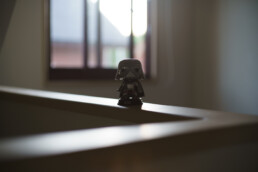
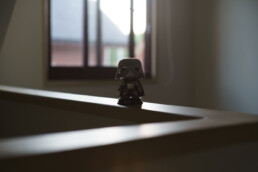
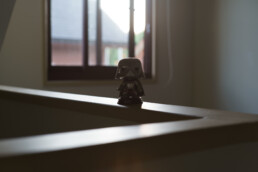

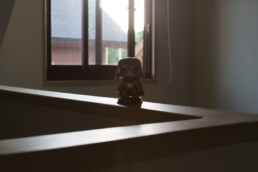

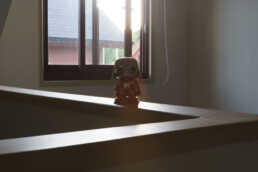

RAW photos are developed in Lightroom with the profile for Canon FD 50mm F1.4
Bokeh
An assortment of bokeh situations. In digital and film. Can you spot the difference?
Conclusions
Overall it’s a great lens but it has to be used while recognizing its limits. Those limits arose from the age of the lens itself, the minimum focusing distance and handling. Certainly this lens could be categorized as a “character lens” more than a “clinically perfect” in regards of image quality. With that, the “character” is expressed in digital and film likewise, so either medium choice can use the full potential of this lens. But as usual, it depends on what are you looking in the image.
Being a small lens by today’s standard and using the 50mm focal length means it can be used as a “do it all” lens. Street, portrait, landscape or stay on your camera. Although the only one that stands out is in the portrait category, IMO.
If you happen to catch a good offer of this lens and assuring that the elements are in good condition, could be an excellent option for those looking to have fun with the camera more than getting the perfect image. Although the prices tend to vary a lot and in someway is way too much for what it really does. Transforming this one in a collectors item more than an useful tool.
In that regard, there’s a lot to choice in the 50mm F 1.4 category and the prices and performance vary as well.
Get one!
Support the blog!
Chovellen - 2022

Cako
To travel again, was something almost magical. Here’s to more of that and to the “normality” that we took for granted, so long ago.
The sea and a good friend.
As a much needed break from the mundane, we set our destiny to the coast of the VII region of Chile. Visiting Cauquenes, Pelluhue, Chovellen and more. A weekend of rest and travel was, indeed, something sorely missed.

